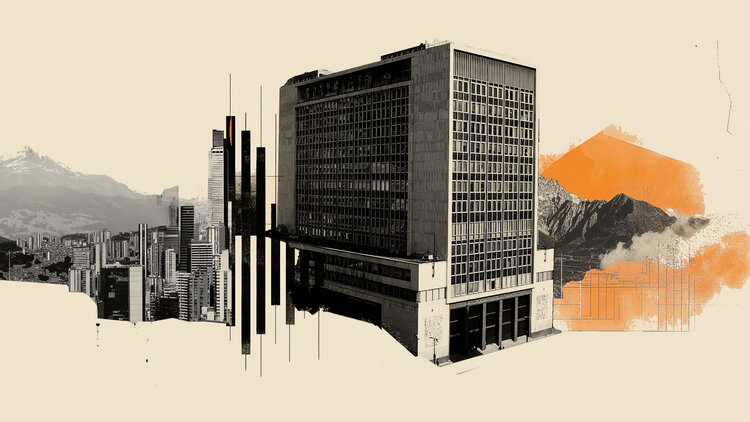Rare Satoshi and the Ordinals Protocol
Satoshi is the smallest indivisible part of Bitcoin, named after the creator of the Bitcoin blockchain, who hid his identity under the pseudonym Satoshi (Satoshi) Nakamoto. One BTC consists of 100,000,000 Satoshi. It is generally assumed that all satoshis and bitcoins are interchangeable, since there is nothing unique about them. However, after the advent of the Ordinal theory, which became possible thanks to the taproot soft fork, the thesis was called into question. In general, the story of the order theory goes hand in hand with the BRC-20 protocol, which you can read more about on Bits.media here.
The gradation of Satoshi into “more and less valuable” became possible thanks to the Ordinals protocol. Although in general we are talking about the phenomenon of rare coins (and the so-called hunting for them), for the identification of which this solution can be used. In other words, the protocol allows you to identify each individual Satoshi by its serial number. They are numbered according to the order in which they were mined. Hence the name “Ordinals” (English: Order – order). The first Satoshi in the first (genesis) block has serial number 0, the second has serial number 1, and so on. According to the ordinal theory, these numbers act as unique identifiers for satoshi.
In general, the protocol allows you to directly include any data (including the number) in the blockchain without the need to create a sidechain or a separate token. Thanks to the changes introduced by SegWit and taproot, the structure of the Bitcoin block allows a relatively large amount of data to be placed directly into the signature. This means that the data included in this way is directly inside the main blockchain. A technique by which new data is included in a block
was named “Inscription” (Inscription). The resulting unique satoshi
called “digital artifact”.
Apologists for the Ordinals protocol confidently
declare on the excellence of their technology:
“Digital artifacts are complete. An NFT pointing to off-chain content on IPFS or Arweave is incomplete and therefore not a digital artifact.”
At first, the protocol was used to create NFT-like assets – by directly including some small file in the blockchain. Later, it was used to create tokens and link them to Satoshi serial numbers. The third stage is the gradation of inscribed satoshis according to their rarity. Using ordinal theory, a group of collectors can rank satoshis in terms of uniqueness, thus creating a secondary market for inscribed satoshis.
While the rest of the world views all satoshis as equal and interchangeable, those who adhere to the ordinal theory,
seek to create its own system for measuring the value of these tiny bits of BTC.
Gradation of rarity
When they talk about unique satoshi, they first of all mean
gradation, proposed by the creator of the order theory, Casey Rodarmor. She distinguishes the following degrees of rarity:
-
Normal: any satoshi, except for the first one in its block (there are 2.1 quadrillion in total).
-
Uncommon: First satoshi of each block (total: 6,929,999).
-
Rare: First Satoshi after each difficulty adjustment (3437 in total).
-
Epic: The first satoshi after each halving (32 in total).
-
Legendary: The first Satoshi of each cycle – situations where the difficulty adjustment coincides with the halving (5 in total – one cycle will theoretically occur after every sixth halving).
-
Mythic: First satoshi in the genesis block (1 unique).
At the same time, the uniqueness of Satoshi may not be tied to the process of generating bitcoins. Satoshi related to
iconic transactions in the Bitcoin network (as, for example, in the famous transaction for buying two pizzas for 10,000 bitcoins). In theory, any Satoshi can become unique – as long as the buyer is ready to pay extra for the associated (“inscribed”) story in excess of the base face value. In fact, rare Satoshis simultaneously resemble both NFTs (since they are no longer interchangeable with other Satoshis), and some Soviet commemorative rubles, which, despite their face value, due to their rarity, are traded at a price noticeably higher than this very face value.
Infrastructure
The infrastructure of the project is only in its infancy. Some exchanges such as Binance and OKX are implementing support for the protocol. bitcoinmagazine also
declared about his involvement in the rare satoshi trade. Of course, NFT marketplaces are also looking towards this protocol, introducing its support. It is worth noting the ordinalswallet.com resource separately.
It is convenient to understand the development of infrastructure at the moment by the dynamics: in February, enthusiasts
traded rare satoshi, using exel tables – for lack of a better way.
Rare sats consensus
Despite the seeming promise of the rare Satoshi story, there are several factors that can slow it down or even put an end to it. Do not forget that bitcoin is a rather conservative cryptocurrency. If Ethereum and other smart contract-based ecosystems are happy to welcome add-ons in the form of NFTs, then this is all new for Bitcoin. Moreover, if ETH was originally created so that new projects could be developed on its basis, then Bitcoin is hardly designed for this.
Developer Luke Dashjr
thinksthat add-ons within the Ordinals protocol are nothing more than spam within the blockchain that should be fought. There are grounds for fighting: the hype around rare Satoshi has already caused a sharp increase in commissions for transactions with bitcoins (at peak times, the commission reached $30).
On the other hand, the very fact of such a hype suggests that there are users who believe in this protocol. And most importantly, there are those who like the idea of collecting or investing in individual rare Satoshi because they hope to capitalize on the phenomenon. Whether everyone who tries to “jump into the speeding train” in the near future will succeed, time will tell. We have an example of a drop in interest in collectible NFTs in 2023. On the other hand, we are talking about the blockchain of the historically first cryptocurrency, which is still quite afloat.
This material and the information in it does not constitute individual or other investment advice. The opinion of the editors may not coincide with the opinions of the author, analytical portals and experts.
Source: Bits
I am an experienced journalist, writer, and editor with a passion for finance and business news. I have been working in the journalism field for over 6 years, covering a variety of topics from finance to technology. As an author at World Stock Market, I specialize in finance business-related topics.







